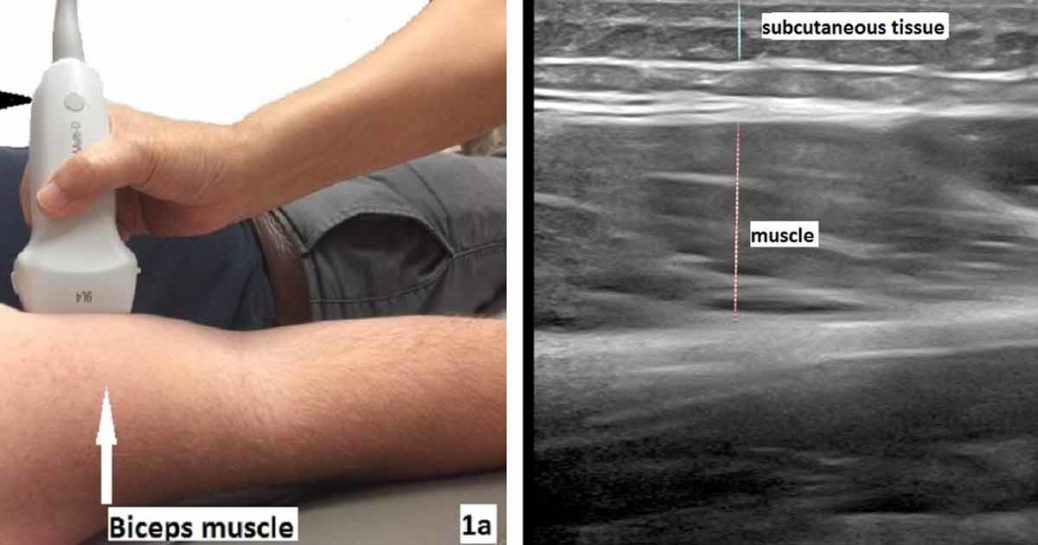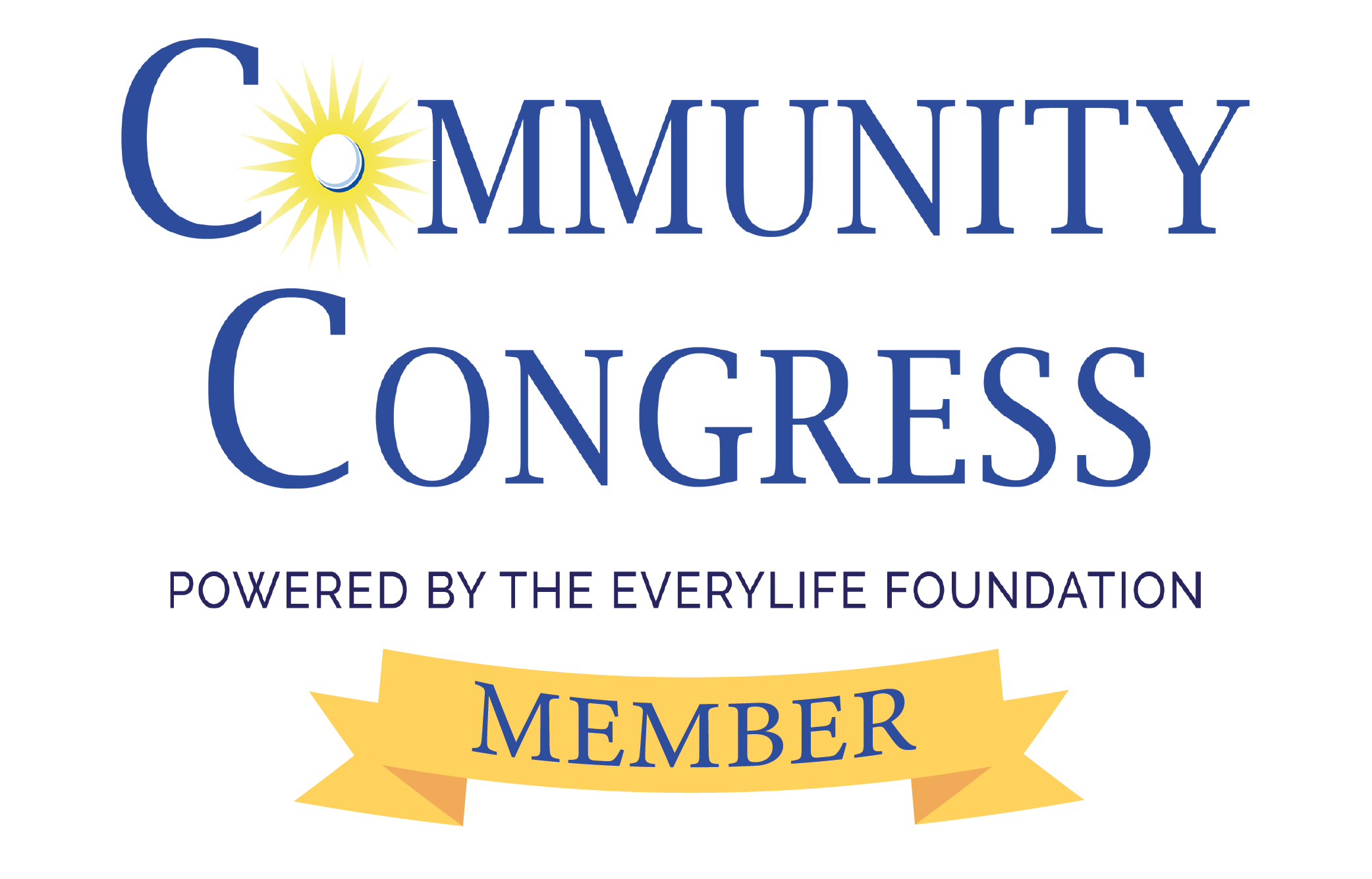The purpose of this review is to summarize and present published evidence of ultrasound elastography in the assessment of neuromuscular and movement disorders, such as myositis, and discuss what role ultrasound elastography modality can play in respect to neuromuscular and movement disorders.
Neuromuscular and movement disorders, including the idiopathic inflammatory myopathies (IIM), were the main target of this review. The IIM’s include polymyositis, dermatomyositis, inclusion body myositis, and necrotizing autoimmune myopathies.
What is elastography?
Elastography, a technique of using ultrasound to visualize the elastic properties of tissues, is a medical imaging modality that maps the elastic properties and stiffness of soft tissue. The main idea is that whether the tissue is hard or soft will give diagnostic information about the presence or status of a disease.
Ultrasound elastography (USE) is a technique that can be used to ultrasonically quantify biological tissue stiffness by measuring the deformation or displacement of muscles that can be produced by external compression from the ultrasound transducer, focused ultrasound beams and acoustic waves, or applied vibration.
How can elastography assist with myositis?
This study showed that USE elastrogram mapping of muscle directly correlates with commonly ordered tests used in diagnosing the idiopathic inflammatory myopathies, CK, LDH, CRP, and ESR values. The correlation was strongest with creatine kinase (CK) and lactate dehydrogenase (LDH). It is thought that these results are because CK and LDH are more specific inflammatory markers for muscle, while ESR (sedimentation rate) and CRP (c-reactive protein) are general systemic inflammatory markers.
This makes a strong case for the use of USE to help inflammatory myopathy diagnosis when correlated with CK and LDH values.
The information collected by USE, such as structural changes of muscle, is thought to make it useful for following disease evolution as well as response to therapy, suggesting USE could be a useful diagnostic tool to aid in the morphological evaluation of muscles.
USE has the potential application with many diseases. In rheumatology, elastography may potentially be useful in assessing skin stiffness in scleroderma.
Imaging is continuing to emerge as a useful set of tools in diagnosing and evaluating muscle changes in myositis.
Read Full Review Tags: diagnosing myositis diagnostic imaging myositis research ultrasound









